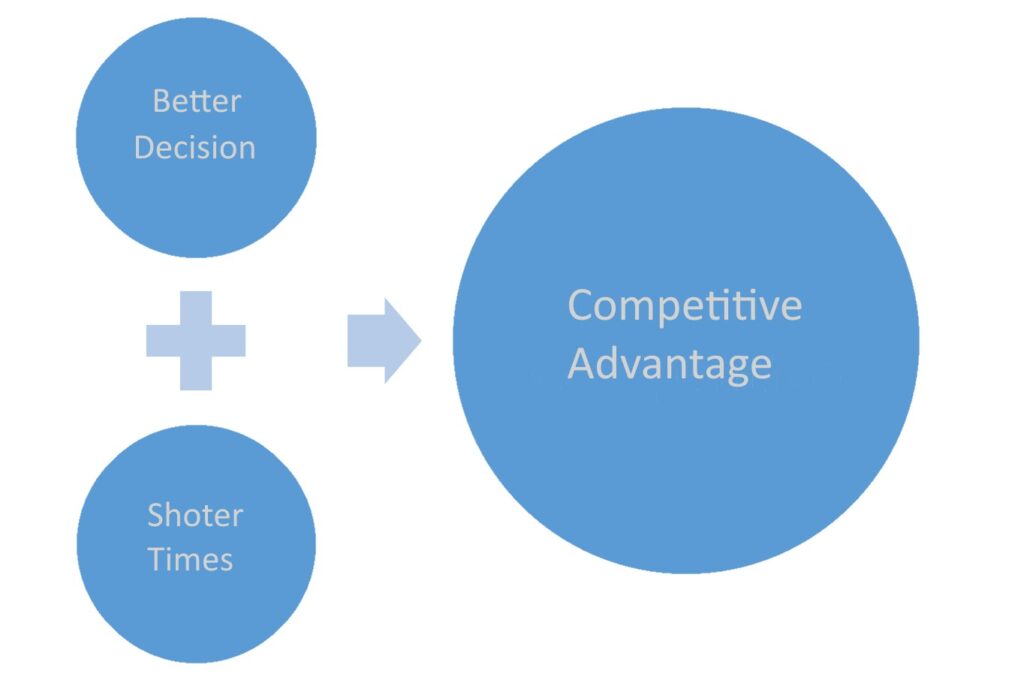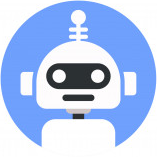Work in the Time of RPA, Robotic Process Automation
How to automate business processes through Robots
Reading Time: 4 minutes
Post published on 22/09/2020 by Donata Petrelli and released with licenza CC BY-NC-ND 3.0 IT (Creative Common – Attribuzione – Non commerciale – Non opere derivate 3.0 Italia)
Title Image credits by Lee Soo Hyun on Unsplash
The progress of humanity goes through technological progress. Since the advent of the Turing machine, evolution consisted essentially of two factors: hardware, with increasingly powerful and sophisticated machines, and software, with increasingly fast and powerful architectures and algorithms.
A more recent evolutionary vision also takes into account the organizational and logistical aspect of the activity, what is called Business Process management. Reconsidering operational processes, in terms of automation of all those tasks repeated daily, allows to delegate to technology the ‘brute’ part of man’s work with all the positive consequences for his development and his business. Think, for example, of the great advantage for a company that is able to automate repetitive tasks and use human resources, thus saved, in tasks with a strategic, and therefore economic, higher value.
In this regard, today there is a lot of talk about RPA, Robotic Process Automation, as a response to the need to replace human activity with technology in all those mechanical operations in order to automate certain work processes, such as back office or front office processes. The technology, which may consist of software, products or processes, can repeat the behavior of the real operator through imitation; it may be able to interact with other devices; it may even adapt to the environment and its changes.
The purpose of RPA is therefore to replace the repetitive work done until now by man with that of the machine. The article is introductory to this very vast and revolutionary subject and has the objective to show the benefits brought by its use in the work.
Automation Model
The automation of a work process starts from the creation of a model that represents the environment in which it takes place. The execution of a business process or procedure involves a set of activities or tasks linked together according to a certain logic. Each task is a single logical step within the process.
Following the theory, for the creation of a model we must identify:
- the parts (entities) that will go to constitute it
- the relationships between these parties
Once created, the model is able to transform the available data into information. To the man the task to make good use of it 🙂

The algorithm of the model represents the working process and, in turn, will be translated into software, application, service, robot, depending on the context of application and use.
Kinds of Automation
Within a process the activities can be automatic or manual. These correspond to two different types of process automation and their representative models:
- with data preparation
- without data preparation
The first, generally simple and repetitive tasks, are based on structured data sources, in order to interface back-end systems through internal Application Programming Interface (API) or dedicated Scripting languages. This is the logic followed by workflow automation tools, for example.
The second ones usually start from unstructured data, such as images, scanned documents, videos, etc.. In this case, RPA systems use methods typical of artificial intelligence: they learn the operations to be automated by observing those performed by the user. In the absence of a relative API, automation consists in the repetition of the tasks performed by the operator in the GUI (Graphical User Interface). Let’s take an example from the banking sector and think about the activity carried out for the assignment of a loan: the recovery of all the necessary data and the navigation between the various applications to satisfy the request can be delegated to a software that carries out all the tasks in the operator’s place.
New frontier of RPA, called IPA, Intelligent Process Automation, uses Artificial Intelligence and Machine Learning even more. The aim is to learn from experience to obtain solutions that can adapt to new situations in the environment. An excellent example is the Natural Language Processing (NLP), in which the complex process of processing information (written or spoken) in a natural language is automated and entrusted to an electronic computer.
Solutions
In the end, the model is implemented in an application or robot. Depending on the context, we find different solutions that have now become part of our daily use. Here are some of them:

ChatBot
It’s a software able to simulate a conversation and, for this reason, is used for example to answer the FAQ of a website or for online help

SocialBot
Similar to Chatbot, it simulates human behavior but it does so on social networks with the aim often to spread opinions. They are simpler than chat bots because they do not have any reactivity

ShopBot
It’s a software that can find the best offers among the websites

KnowBot
It’s a program to find and organize information among the various contents of the web, such as, for example, search engine crawlers
Main Benefits
High Scalability and Flexibility
Better Customer Experience
Process Improvements
Costs Reductions
Productivity
Reliability
Accuracy
Conclusions
In all solutions, what really makes the difference is the model below. The real value is the algorithm that translates the model into a technological solution usable by users.
The model is the basis of the realization of a product!
I will always choose a lazy person to do a difficult job because a lazy person will find an easy way to do it.
Bill Gates



